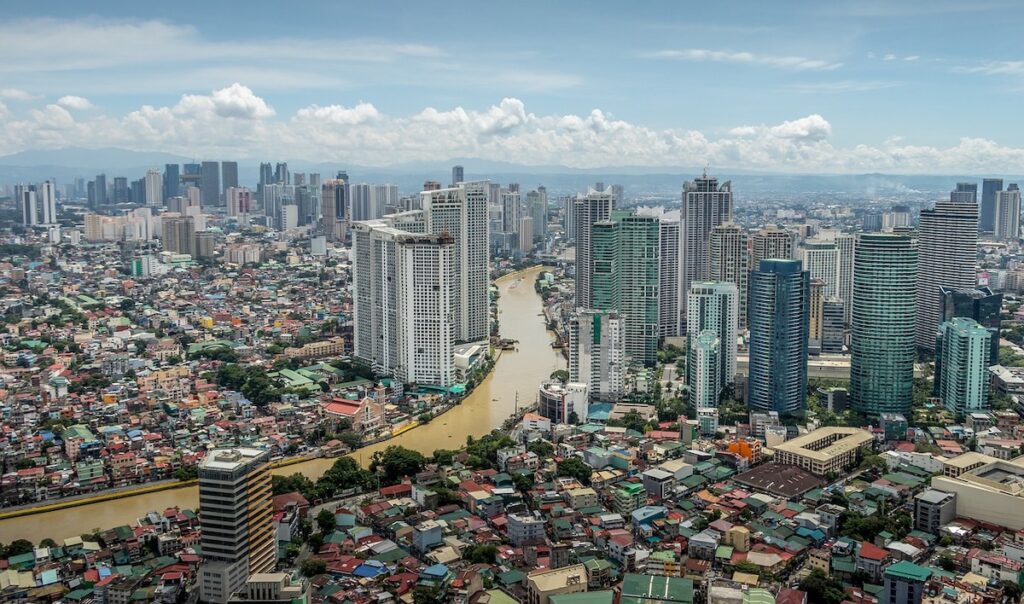6 Key Projects for Sustainable Urbanization in the Philippines
4 min read
Why Sustainable Urbanization in the Philippines Matters
According to a 2022 report by the Philippine Statistics Authority (PSA), 58 million of the country’s 109 million-strong population live in urban areas. Cities in the Philippines are swelling to accommodate more people, and this comes with an intensifying demand for resources, infrastructure, and services. Sustainable urbanization, which is the concept of developing urban areas to meet the needs of the present generation without compromising the future generation’s ability to meet their own needs, offers a solution to these issues. By fostering resilient, green, and inclusive cities and adopting a more sustainable approach to infrastructure development in the Philippines, the country can mitigate the challenges posed by urbanization. Here are some key projects that can help secure a better future for all Filipinos—including city dwellers—while safeguarding the country’s natural heritage.
Bulk Water Supply and Water Treatment Facilities
The availability of clean and reliable water resources is essential to sustaining human activity and a cornerstone of urban living. Bulk water supply developments are essential for meeting the increasing demand for potable water in urban areas. The same can be said of water treatment facilities, which play a crucial role in mitigating the risk of waterborne diseases. Water treatment facilities help ensure the long-term availability of water supply in the communities that they serve. With growing urban populations placing stress on water resources, these initiatives are critical for ensuring that communities in the Philippines can be healthy and can thrive for years to come.
Affordable Housing Developments
Ensuring access to affordable housing is an essential tool for promoting urban growth, but it is also a fundamental aspect of sustainable urbanization. Affordable housing promotes social inclusivity by providing all residents, regardless of income, with a stable and secure place to live within urban areas. Such residential projects contribute to mitigating homelessness, reducing informal settlements, and fostering community stability. Moreover, housing developments that adhere to green construction and design practices help reduce resource consumption and lower environmental impact in cities. In many ways, the presence of accessible housing options can enhance overall urban resilience, reduce inequality, and support economic growth.
Mass Transit Systems and Transportation Hubs
Mass transit systems, including modern railways and bus rapid transit (BRT) networks, play a pivotal role in addressing the challenges posed by urban congestion and pollution. These transportation systems can provide a convenient and reliable means of commuting as well as reduce the number of private vehicles on the road. As a consequence, they can contribute to lowering greenhouse gas emissions and alleviating traffic congestion. Meanwhile, hubs that strategically connect various modes of transportation such as trains, buses, and tricycles can facilitate seamless transfers for commuters. By expanding mass transit systems and establishing well-planned transportation centers, cities can enhance mobility, reduce pollution, and promote equitable access to transportation services. This, in turn, helps foster more sustainable and livable urban areas that can accommodate the needs of a growing population.

Urban Farms and Food Resources
Urban agriculture, which covers endeavors like community gardens and rooftop farms, is gaining prominence as a sustainable solution to address food security challenges in rapidly urbanizing areas. These projects enable residents to grow fresh produce within the urban environment. This is a practical means of reducing the need for long-distance food transport and for cutting carbon emissions. On top of providing locally sourced food, urban farms also foster a sense of community and self-sufficiency in city spaces.
Parks and Greenways
The importance of green spaces cannot be overstated in a city with a growing population. The presence of parks and greenways offers urban dwellers recreational opportunities and plays an essential role in protecting local flora and fauna. These spaces do many things at once: provide people a respite from urban congestion, improve air quality, reduce the urban heat island effect, and support biodiversity. Well-planned parks and greenways can also promote physical and mental well-being, which can contribute to a higher quality of life for urban residents.
Recycling and Waste-to-Energy Facilities
The amount of waste generated by the growing urban population places immense pressure on landfill capacities and on the environment itself. Recycling and waste-to-energy facilities, which can divert waste from landfills and harness its potential as a resource, are key components of sustainable urbanization. Recycling programs promote the reuse of materials, reduce waste volume, and conserve natural resources. Simultaneously, waste-to-energy facilities can convert non-recyclable waste into energy. This process can play a substantial role in reducing greenhouse gas emissions and in promoting cleaner energy sources in the coming years. Such projects are crucial in efficiently managing urban waste and contributing to the circular economy.
These diverse projects can help create Philippine cities that are resilient, environmentally conscious, and inclusive. Such places can fully realize the benefits of urbanization while mitigating its challenges. Supporting these initiatives can make individuals and communities a part of the process of building thriving and vibrant cities that coexist with nature and provide equitable opportunities to residents.
Like, Follow, and Subscribe to OutofTownBlog.com on Facebook, Twitter, Instagram, and Pinterest, and Team out Of Town on YouTube for more updates.
Read:





